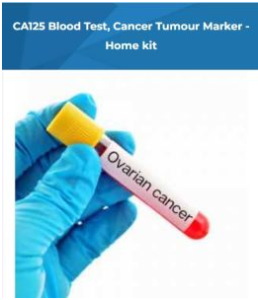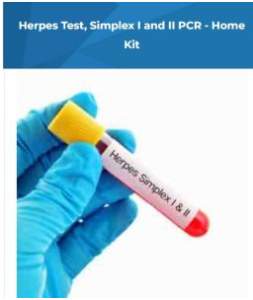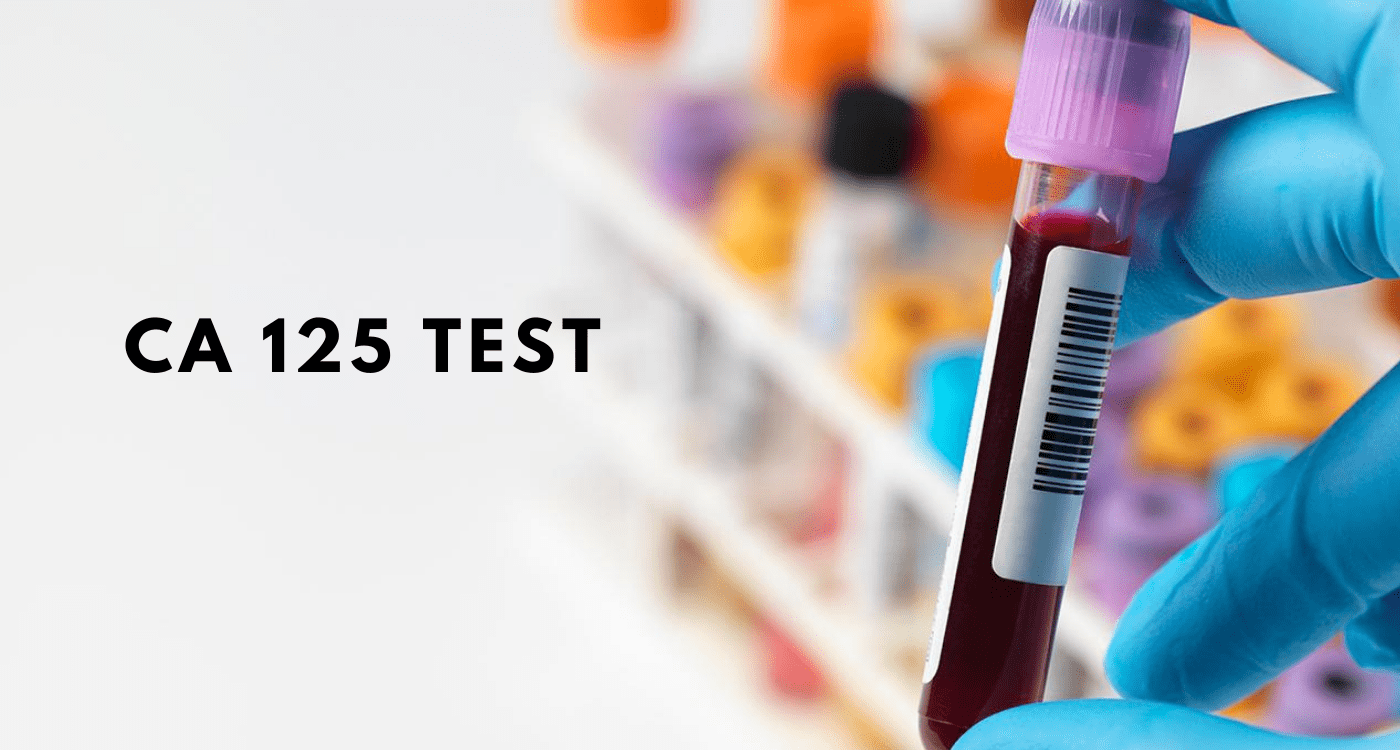The CA125 test is a medical exam that helps doctors assess the protein levels called cancer antigen 125 ( CA125) in a person’s blood. This protein is often used as a tumor marker for certain types of cancer, particularly ovarian cancer. Another exam is the Herpes Test which is used to detect the presence of the HSV virus in sexually active individuals. Although both exams belong to different poles, they are here together because of their importance in the life of humans.
In this article, we will cover all the essentials of both of these exams, including their purpose, procedure, and what the results may indicate.
So, without any delay, let’s start with the cancer antigen 125 exams.
What is the CA125 Test?
This investigation measures the levels of cancer antigen 125, a protein found in the blood. It is vital for women and is helpful to monitor and diagnose ovarian cancer. However, it can also help find other conditions. Endometriosis, pelvic inflammatory disease, and various types of cancers like of pancreas, liver, lung, and breast can also be the reason for the high levels of this protein.

Why is the CA125 Exam Performed?
There are several reasons for doing this exam:
- a) Screening: It may also be helpful as a screening tool for individuals at high risk of developing ovarian cancer, such as those with a family history of the disease.
- b) Diagnosis: It helps doctors diagnose ovarian cancer and differentiate it from other conditions that may have similar symptoms.
- c) Monitoring: This exam is helpful to monitor the effectiveness of treatment for ovarian cancer and detect any further recurrence.
What is the Procedure for the CA125 Test?
This exam involves a simple blood draw, usually taken from a vein in the arm. The medical professionals then transfer the sample to a lab to check it for abnormalities. The procedure is relatively quick and does not require any special preparation.
Interpreting the Results of the Cancer Antigen 125 Exam:
- Standard Range: In healthy individuals, the levels of cancer antigen 125 are typically less than 35 units per milliliter (U/mL). However, the normal range may vary slightly depending on the laboratory.
- Elevated Levels: Higher levels may indicate various conditions, including ovarian cancer, but can also be caused by non-cancerous conditions such as endometriosis, fibroids, and pelvic inflammatory disease.
- Follow-up Exams: If this protein’s levels are high, additional exams, such as imaging scans or biopsies, may be needed to confirm a diagnosis or monitor the condition further.
Limitations and Considerations:
- a) False Positives and Negatives: High levels of CA125 can also come in non-cancerous conditions, leading to false positives. Conversely, some early-stage ovarian cancers may not produce high levels of cancer antigen 125, resulting in false negatives.
- b) Individual Variations: Its levels can vary among individuals, and some healthy individuals may have slightly elevated levels without any underlying condition.
- c) Additional Exams: This exam is not a definitive diagnostic exam for ovarian cancer. Doctors can also recommend it with other exams to provide more exact results.
What is a Herpes Test?
A herpes exam is a diagnostic exam that helps to detect the presence of herpes simplex virus and it is of two types: HSV-1 and HSV-2. Both are responsible for different conditions—the first one cause oral infection, and the second causes genital infection. Moreover, the exam also involves examining the affected area or collecting samples to analyze the presence of the virus.
What are the Reasons to Do Herpes Exam?
There are several reasons behind this exam, and those are:
- a) Confirming Diagnosis: If a person shows symptoms such as painful blisters or sores in the mouth or genital area, this exam can confirm whether HSV is the reason behind the infection.
- b) Asymptomatic Testing: Some individuals may be virus carriers without experiencing visible symptoms. In such cases, this exam can identify the virus’s presence in the patient’s body.
- c) Monitoring and Treatment: For individuals diagnosed with HSV, periodic exams can help monitor the infection’s growth. They can help give a perfect view of the effectiveness of the treatment.

What is the Procedure for the Herpes Test?
This exam can be conducted using different methods, depending on the symptoms and the suspected area of infection:
- a) Visual Examination: Medical workers visually inspect the affected area, looking for characteristic signs of the virus, such as blisters or sores.
- b) Swab Exam: A cotton swab gently collects a sample from a blister or sore. Then the medical professionals will take the sample to a pathology lab for analysis, where they will check it for the presence of the HSV virus.
- c) Blood Exam: This exam can detect the presence of antibodies of this virus in the bloodstream, indicating a past or current infection. These exams are also helpful when there are no visible symptoms or when the swab exam does not help to confirm the results.
Interpreting Herpes Exam Results:
- a) Positive Result: A positive herpes exam result confirms the presence of the virus. It indicates either an active infection or a previous exposure to the virus.
- b) Negative Result: A negative result means the exam does not find the HSV virus in the sample. A negative result is also possible if the levels are below the detectable range. However, false negatives can occur, particularly if the sample was taken during the early stages of the infection. Furthermore, if the virus is not actively shedding, then also negative results can come.
- c) Follow-up Testing: In cases where the results are inconclusive or conflicting with the symptoms, additional monitoring may be helpful to obtain a more accurate diagnosis.
Counseling and Treatment:
If a person receives a positive exam result, it is essential to seek appropriate medical guidance. Herpes is a manageable condition, and healthcare providers can provide counseling, discuss treatment options, and offer advice on preventing transmission to others.
Conclusion:
The CA125 test is a valuable tool in diagnosing and monitoring ovarian cancer. While its primary use is finding ovarian cancer, it can also provide information about other conditions. Understanding that elevated levels do not automatically mean a person has cancer is essential. Similarly, a herpes test is a valuable diagnostic tool for identifying and confirming HSV infections. By understanding the essentials of these exams, we can inform individuals about the monitoring process, interpretation of results, and the subsequent steps for counseling and treatment.
Further monitoring and evaluation are necessary to make an accurate diagnosis. Consult your healthcare provider if you have any concerns or questions about this exam. Doctors can provide personalized information and guidance.

